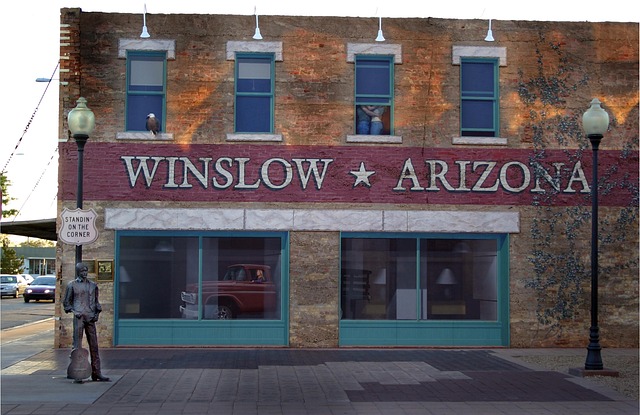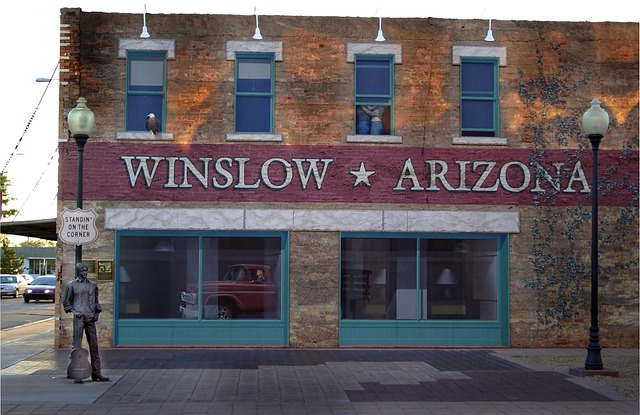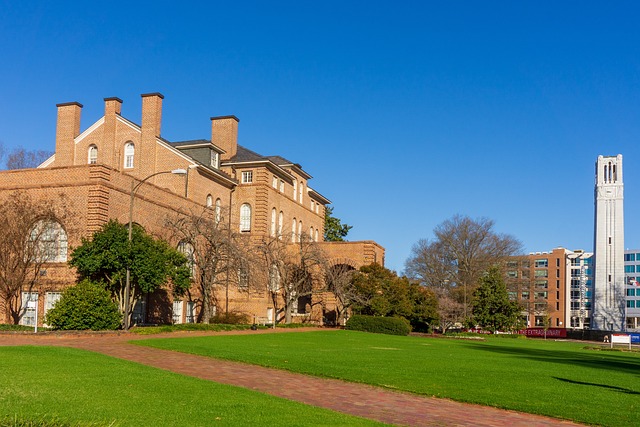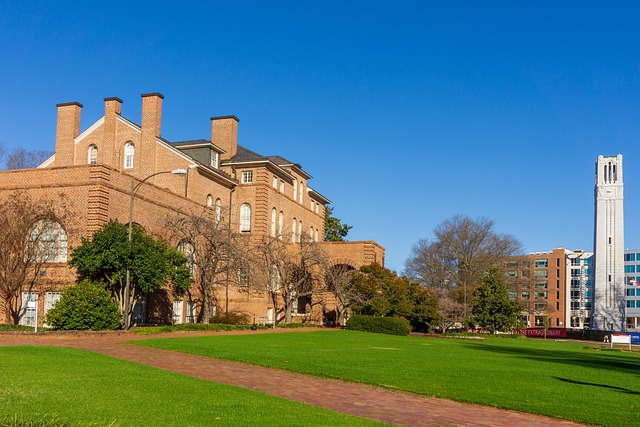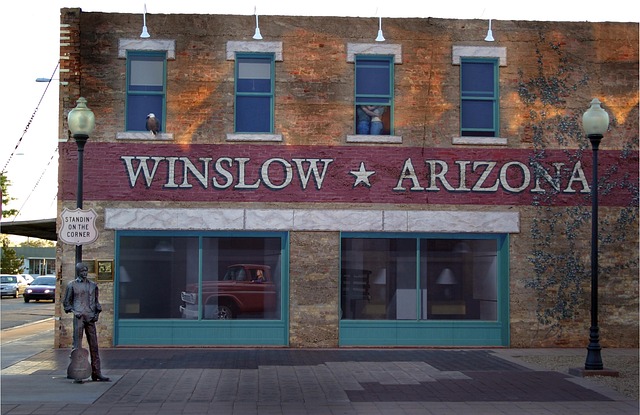Cultural references significantly shape global travel patterns and real estate investments, with evocative descriptions of historical sites, celebrations, and literary settings inspiring travelers to visit specific destinations. Iconic landmarks like the Great Wall of China or Egypt's pyramids directly influence travel plans and property choices. Real estate developers can shape cultural experiences through historic buildings, vibrant markets, and charming cafes, preserving heritage while offering memorable tourist experiences. Cities like Paris and Kyoto leverage their rich cultural heritage to attract tourists and drive real estate values, resulting in premium property prices and themed cultural immersion experiences.
Cultural references play a pivotal role in shaping travel decisions, drawing tourists from around the globe. From iconic landmarks to immersive experiences, these references offer a window into a destination’s history and soul. This article explores how cultural influences drive tourism, delves into the intricate relationship between real estate and cultural offerings, and presents compelling case studies of destinations that have successfully leveraged their unique cultural references to attract visitors.
How Cultural References Influence Travel Decisions
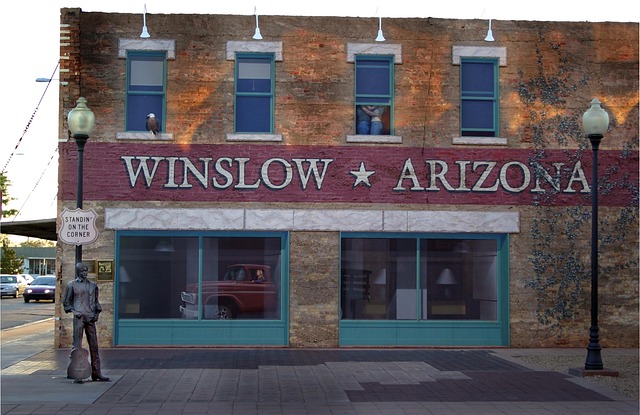
Cultural references play a significant role in shaping travel destinations and experiences, attracting tourists from around the globe. When individuals hear or read about a place, certain cultural elements capture their imagination—whether it’s the rich history of ancient ruins, the vibrant celebrations depicted in films, or the allure of a famous literary setting. These references create a mental image that sparks curiosity and inspires travel. For instance, the mention of iconic landmarks like the Great Wall of China or the majestic pyramids of Egypt evokes a sense of wonder, prompting travelers to visit these sites for themselves.
The impact of cultural references extends beyond mere inspiration; it influences where tourists choose to invest in real estate. Many individuals seek properties that align with their cultural interests and aspirations. For example, a lover of traditional architecture might seek out homes in areas known for their historic buildings or unique design styles. Similarly, those fascinated by local cuisines may opt for residences close to renowned restaurants or markets, allowing them to immerse themselves fully in the culinary culture. Thus, cultural references not only shape travel plans but also play a direct role in property preferences and real estate investments.
The Role of Real Estate in Shaping Cultural Experiences

The role of real estate in shaping cultural experiences is a fascinating aspect often overlooked. When tourists visit a new place, they don’t just seek scenic beauty or historical landmarks; they crave authentic connections to the local culture. Real estate plays a pivotal role in this regard, as it encompasses not just buildings and properties but also the neighborhoods, streetscapes, and architectural styles that contribute to a city’s identity. These physical spaces become touchpoints for tourists to immerse themselves in the local way of life.
From vibrant marketplaces housed in historic buildings to charming cafes tucked away in quaint alleys, real estate developers and urban planners can intentionally or inadvertently create cultural hotspots that attract visitors. The design and preservation of these spaces not only preserve a place’s heritage but also offer tourists memorable experiences that go beyond mere sightseeing. Understanding this dynamic relationship between real estate and cultural tourism is key to fostering destinations that are both captivating and meaningful for travelers.
Case Studies: Successful Destinations Leveraging Cultural References

Many iconic destinations around the world have successfully attracted tourists by leveraging their rich cultural references and turning them into unique selling points. For instance, Paris, France, has long been synonymous with romance, art, and fashion, drawing visitors from all over who aspire to walk along the Seine or explore the Louvre. This cultural allure is so powerful that it extends beyond the city’s boundaries; real estate in areas associated with these references commands premium prices.
Another notable example is Kyoto, Japan, renowned for its temples, gardens, and traditional arts. The city’s historical significance as a former capital has fostered a deep-rooted cultural identity, enticing tourists interested in experiencing ancient customs and architecture. This focus on culture has led to the development of themed tours, festivals, and even traditional craft workshops, enhancing the overall visitor experience and encouraging repeat visits.

